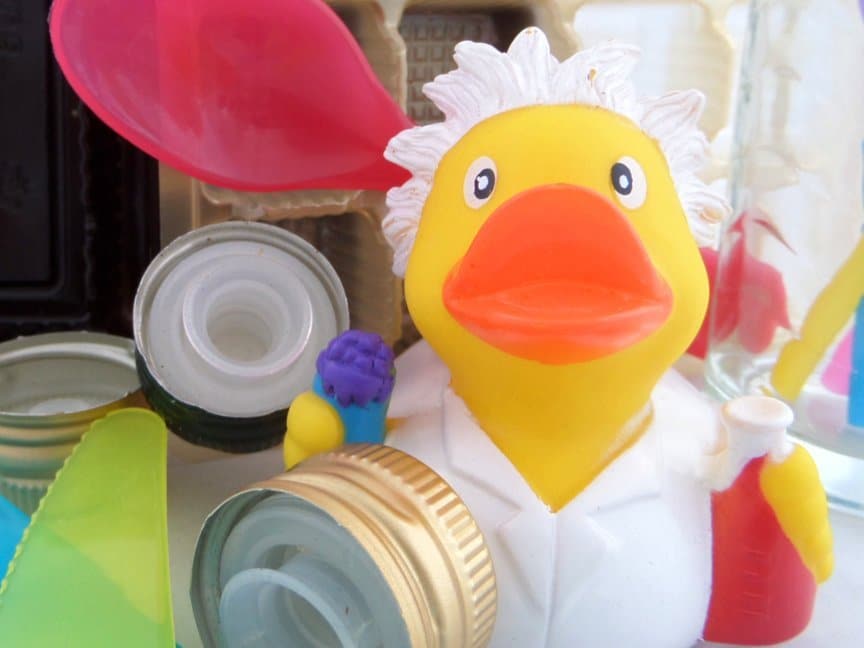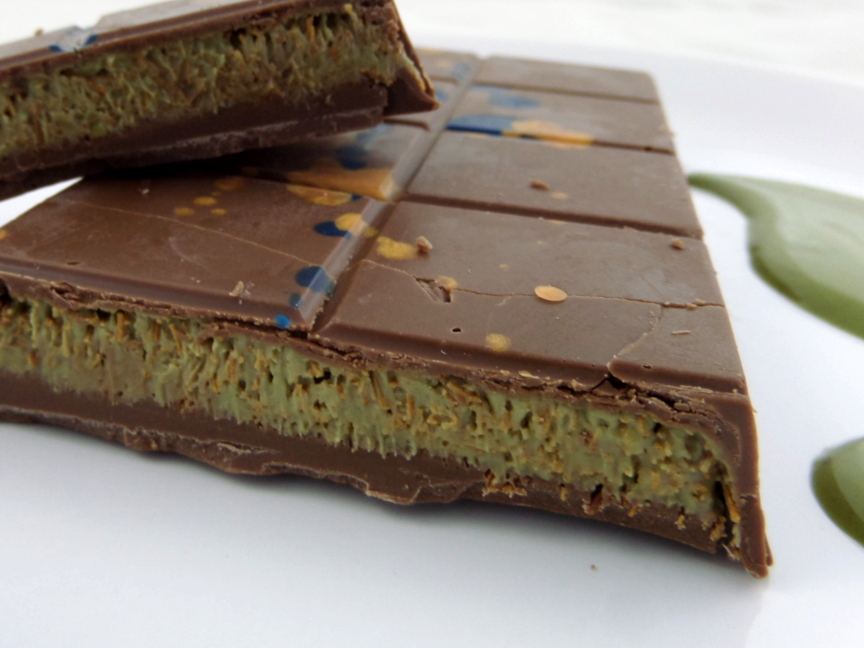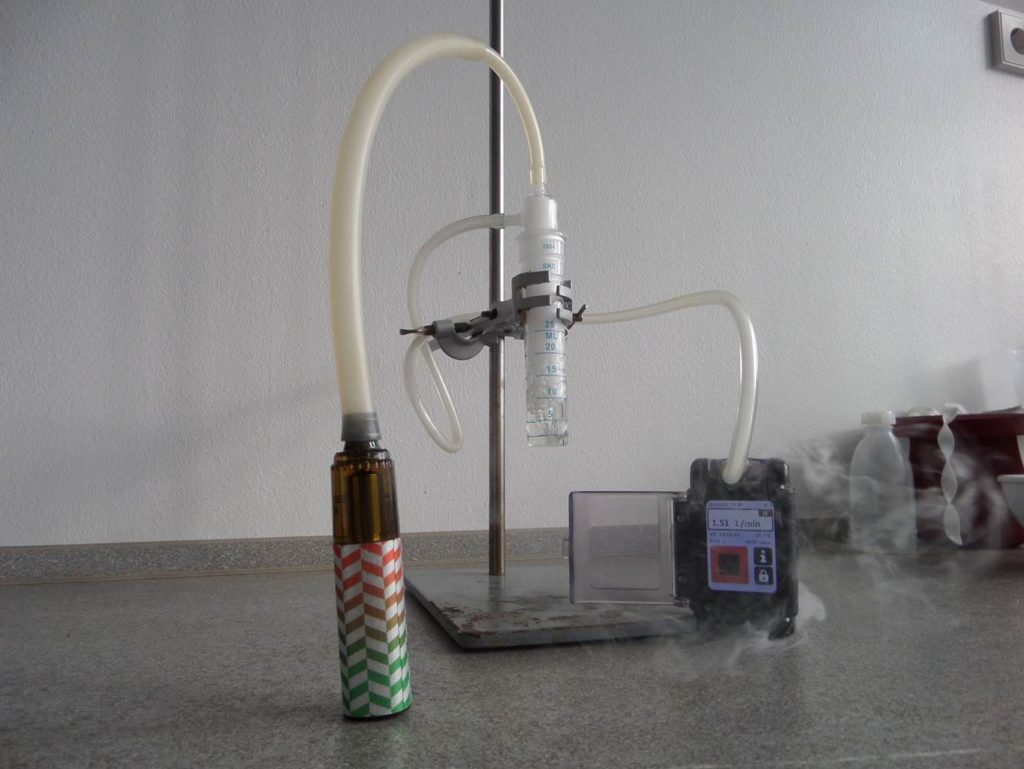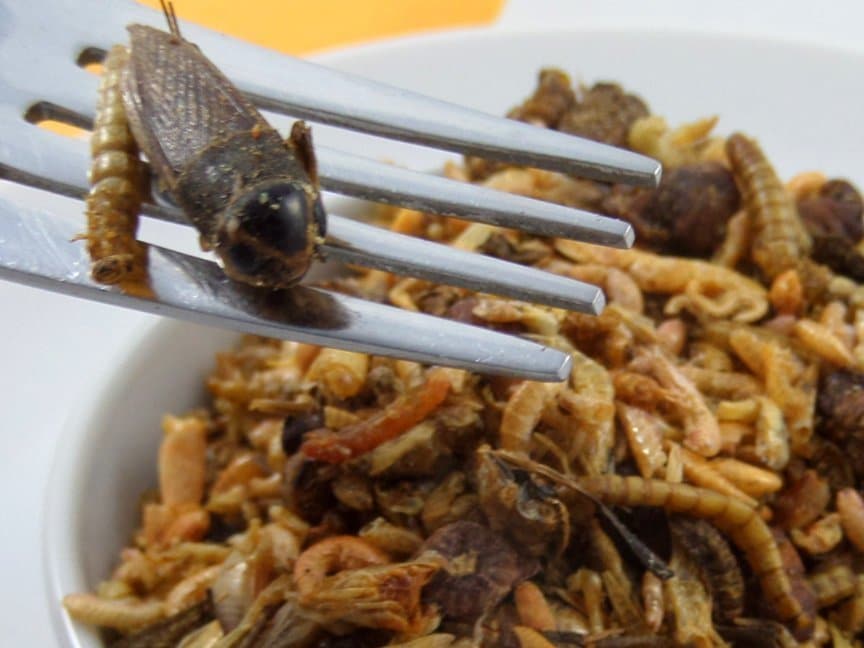softeners
They can be found in plastic toys, plastic packaging, sealing materials, colored pencils, make-up articles or lacquers. In principle, everywhere where plastic is to be made smooth and elastic.
Many plasticizers are not firmly bounded to the material by chemical bonds and therefore the chemicals might evaporate step by step. This is how they get into the environment. This migration occurs in different ways. On the one hand they are solved from the material by liquids. This can be done by food on the plastic plate, by the contact with sweaty skin in shoes or gloves, by saliva, if the child chews on the colored pencil or the water animal made of plastic.
On the other hand, the softeners can be emitted from the product. This is promoted by heat and solar radiation. This is done, for example, in the living room with foamed wallpaper, PVC floor coverings, plastic cables and similar products.
Plastics that comes into contact with food are subjected to special regulations to ensure that no toxic compounds pass from the packaging into the food. Of special interest at this regulation are plastic bottles for drinking water, because here the food is possibly in contact with the plastic for a long period of time. Can coatings or plastic big bags are also mentioned here.
The group of plasticizers is very large, and they also differ significantly from a chemical viewpoint. The plasticizers can be divided into the following groups:
Phthalates and their substitutes
The phthalates are currently the largest group of plasticizers. They are used worldwide. These are the esters of phthalic acid. This group includes a large variety of compounds. They are relatively cheap to manufacture and there is a wide field of applications. A large number of these compounds have now been classified as hazardous to health. In some cases they are toxic to reproduction (fertility-damaging) or have an estrogenic effect.
Within the group of phthalates, there are some compounds which are frequently mentioned in magazines or news papers.
Diethylhexylphthalate (DEHP), Dibuthylphthalate (DBP) and Benzylbuthylphthalate (BBP) are often used for PVC. Moreover, they are used in medicine, for example in probes, stomach probes or infusion tubes. Dibutyl phthalate (DBP) is also used for the coatings of medicine, which are effective in the intestine, so that they can pass the stomach without any effect. Apart from the PVC benzylbuthyl phthalate (BBP) is also found in packaging materials or in the automotive materials.
Phthalates have been recognized as a risk for our health. On the one hand because they have been released into the environment in such large quantities and can be found almost everywhere now. On the other hand the knowledge about the properties of the phthalates has significantly improved. In 2000 these compounds were classified as fertility-damaging and are now prohibited for children’s toys. In many areas phthalate containing materials have been replaced, for example the tubes used in the production of olive oil. Nevertheless there are always positive findings like in plastic toys from outside Europe. The higher the fat content of the food, the higher the risk of a change into the food. Phthalates are poorly water soluble but highly soluble in alcohol or the fatty phase of food.
Substitute chemicals for the phthalates are, besides the polyadipates, the substances hexamoll, DINCH (1,2-cyclohexanedicarboxylic acid diisononyl ester), mesamoll II and the esters of adipic acid. Hexamoll DINCH was preferably developed for the use in medical products and for food packaging materials. Mesamoll, on the other hand, is found in PVC floor coverings.
News:
The degradation product mono-n-hexyl phthalate (MnHexP) is currently the subject of particular discussion. The North Rhine-Westphalia State Office for Nature, Environment and Consumer Protection (LANUV) detected this substance in children’s urine in autumn 2023. The mono-n-hexyl phthalate (MnHexP) can be formed as a degradation product (metabolite) from various phthalates. At the moment it is still unclear which products are responsible for the mono-n-hexyl phthalate (MnHexP) findings in urine. The possible starting materials are considered to be harmful to reproduction (based on animal studies), so the intake of the plasticizers should be limited as much as possible. The current results indicate exposure, but it is not yet possible to estimate whether this actually poses a health risk.
ESBO
ESBO (epoxidized soybean oil) is used twice as a plasticiser or to stabilize PVC. In the past it was often found in the coverings of so-called twist-off glasses. There is the possibility that it diffuses from the screw caps into the food. ESBO is characterized by the fact that it is relatively heat-resistant. The ESBO is lipophilic (fat soluble). Therefore especially fatty foods are affected by a transition.
Adipates
Adiapates are primarily used to stabilize soft PVC. Chemically, these are the esters of carboxylic acids. Adipates are far less toxic than phthalates and are used as a substitute for these.
Polyadipates
These polymer softeners must be distinguished from the adipates. It is itself a polymer but without cross-linking and with a shorter length of the polymer chain. The polyadipates were developed to substitute the phthalates.
Polyadipates are used for a large number of polymers including PVC, VC copolymers, NBR rubber and polyurethanes. These plasticizers are often found in films for food packaging. They are therefore routine parameters for the analysis of such films.
DEHA
DEHA (diethylhexyl adipate) as well as ATCB are considered to be less toxic. It is mainly used for rubber or PVC. DEHA makes the product particularly cold-elastic and light-stable.
Citrate
These are the esters of citric acid. They are widely used. Among other things, for vinyl films and vinyl resins. You can find them in medical devices, toys, baby pacifiers or packaging foils.
ATBC
ATBC (acetyltributyl citrate) belongs to the group of citrates and is considered a safe substitute for some phthalate plasticizers. It is used as an exchange product of DEHP and DIPN in PVC plastics.
Sebacates
The most prominent representative of this group is the dibutyl sebacate. Because of its low toxicity, it is preferred for packaging materials and foils for food.
Bisphenol A
Bisphenol A is not a softener in the general sense but is frequently mentioned together with them. It is a raw material in the plastics industry. It is used in many everyday items, such as plastic or thermos paper for receipts. On the human body it has a hormonal effect. It is now forbidden for products for kids and babies.
Further groups of softeners are the phosphates.
Plasticizer analysis
The analytical techniques of gas chromatography / mass spectrometry and HPLC / mass spectrometry are used to analyze and detect a wide range of plasticizers in various materials. The big problem of this analysis is the blank value in the laboratory. Softeners applies everywhere – also in the laboratory. Many materials used in the laboratory contain plasticizers. These can be containers for hoses, clamps or seals. Plasticized PVC flooring is also found in laboratories. Another source of cross ncontamination for this analysis are the solvents. Special care must be taken here, or these must be prepared by redestillation. The obvious sources of plasticizers within the laboratory can usually be recognized and replaced by plasticizer free materials. However, there are also more or less hidden sources of input, such as seals in analytical instruments.
If a laboratory blind value exists, and when using highly sensitive measurement techniques, this is frequently the case, then this must be determined with sufficient statistical certainty. An active substance signal from a tested sample must differ with statistic significance from this blank value signal.
The laboratories of my-lab International are familiar with this problem and provide reliable analytical values. In addition to the direct examination of house dust, water, air and material samples, my-lab International offers migration tests for materials that are in contact with foodstuffs. Examples are foils, plastic cups or plastic cutlery.
Plasticizer analysis from my-lab International
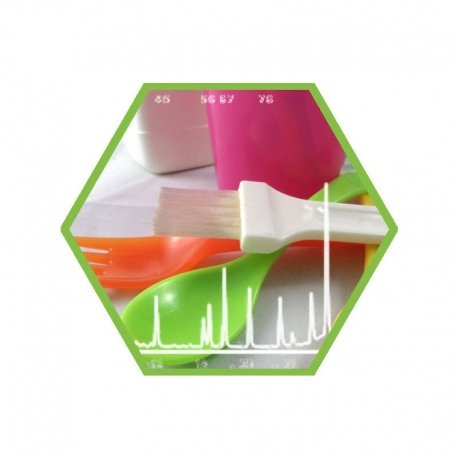 | Phthalates (SVHC) in materialMCSV1 |
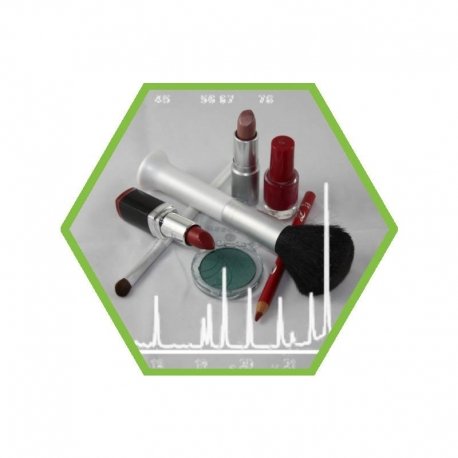 | cosmetics: softeners/phthalatesCCPH1 |
If you need additional information don’t hesitate to contact us:
phone: +4930 233215800
mail: mail@my-lab.com
